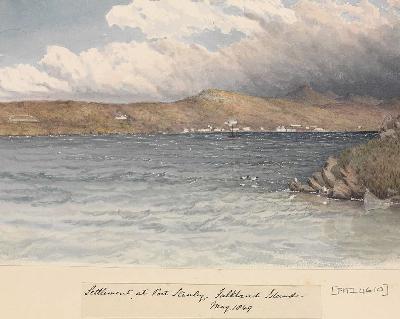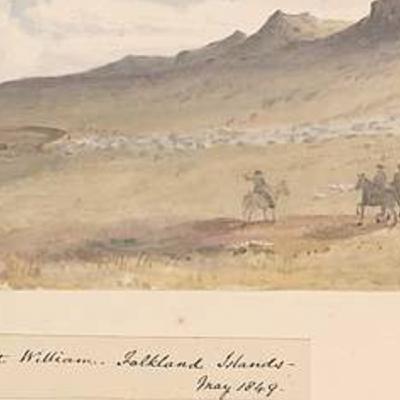28: 2. The Science of Fire and Response Organization in Australia. This section addresses the science of what burns and the organization of fire response in Australia. The Australian landscape contains fire-adapted plants. Eucalyptus trees are highly flammab
Update: 2025-10-26
Description
2. The Science of Fire and Response Organization in Australia. This section addresses the science of what burns and the organization of fire response in Australia. The Australian landscape contains fire-adapted plants. Eucalyptus trees are highly flammable due to their oil content, burning quickly. Mountain Ash is the largest species of eucalyptus in the world. While many eucalypts regenerate after fire, Mountain Ash actually dies after a fierce blaze but releases a huge load of seed, requiring sun to regenerate. Naturally, Mountain Ash fires are notoriously fierce and occur only every two or three hundred years. Fires are caused by lightning, power lines, and arson. Although arson is frequent, the resulting fires are often less dangerous than those caused by lightning or electrical faults, as some arsonists light fires for attention. Regarding fuel, while some believe certain weeds like pittosporum might be fireproof, ultimately, everything burns under the right conditions. A well-watered pittosporum hedge, however, could protect a home from ember attack. H. G. Wells is quoted in the book, describing fire as a "gorilla" that is opportunistic with sparks flying. In terms of response, fire brigades originated with insurance companies in the late 19th century, focusing on protecting buildings in townships. Rural communities, left unprotected, established their own parallel volunteer bushfire brigades (the first being in Berrigan in 1901). Following the enormous 1939 fires in Victoria, the government began funding and organizing state bodies to support these brigades.
1885 SOUTH AUSTRALIA
Comments
In Channel
























